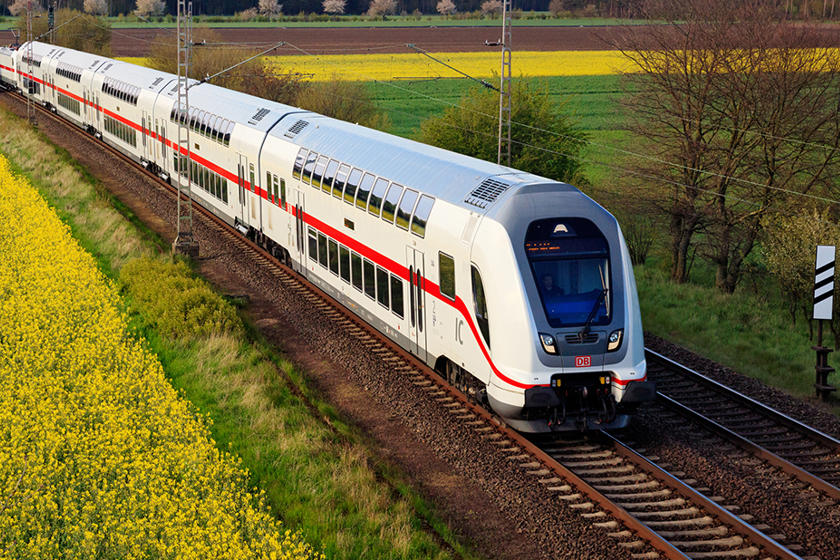

The background to the Fehmarnbelt link
Preliminary studies for the Fehmarnbelt project began at the end of the 1990s based on the State Treaty between Denmark and Sweden for a link across the Øresund waterway.
At the request of Sweden, Denmark promised to investigate the potential for establishing a fixed link across the Fehmarnbelt. In 2008, the Transport Ministers of Denmark and Germany signed the State Treaty on which the project is based.
[Link to State Treaty]

Before the project could get underway, extensive feasibility studies of the environment, economics, technical solutions and legal issues were undertaken. In Denmark, the most comprehensive EIA (Environmental Impact Assessment) study to date was carried out.
Femern A/S has gathered all the material relating to EIA approval in Denmark on the following webpage: http://vvmdokumentation.femern.dk/

On 28 April 2015, the Act on the Construction and Operation of a Fixed Link across the Fehmarnbelt with Associated Landworks in Denmark was adopted by the Danish Parliament. The Act constitutes the project framework. Read more at Folketinget.dk.

In Germany, permission for the construction of a fixed link across the Fehmarnbelt was granted on the basis of a regulatory approval procedure known as Planfeststellungsverfahren.
Approval was issued on 31 January 2019. On 3 November 2020, the German Federal Administrative Court dismissed all appeals against the approval. The project is thus now finally approved in both Denmark and Germany.

June 2020 saw the start of construction of the work harbour and the new coastline at Rødbyhavn on Lolland.
On 1 January 2021, Denmark’s Transport Minister Benny Engelbrecht, Germany’s Transport Minister Andreas Scheuer and Schleswig-Holstein’s Transport Minister Bernd Buchholz took part in a virtual groundbreaking ceremony.
